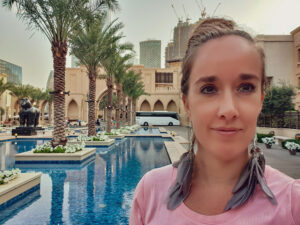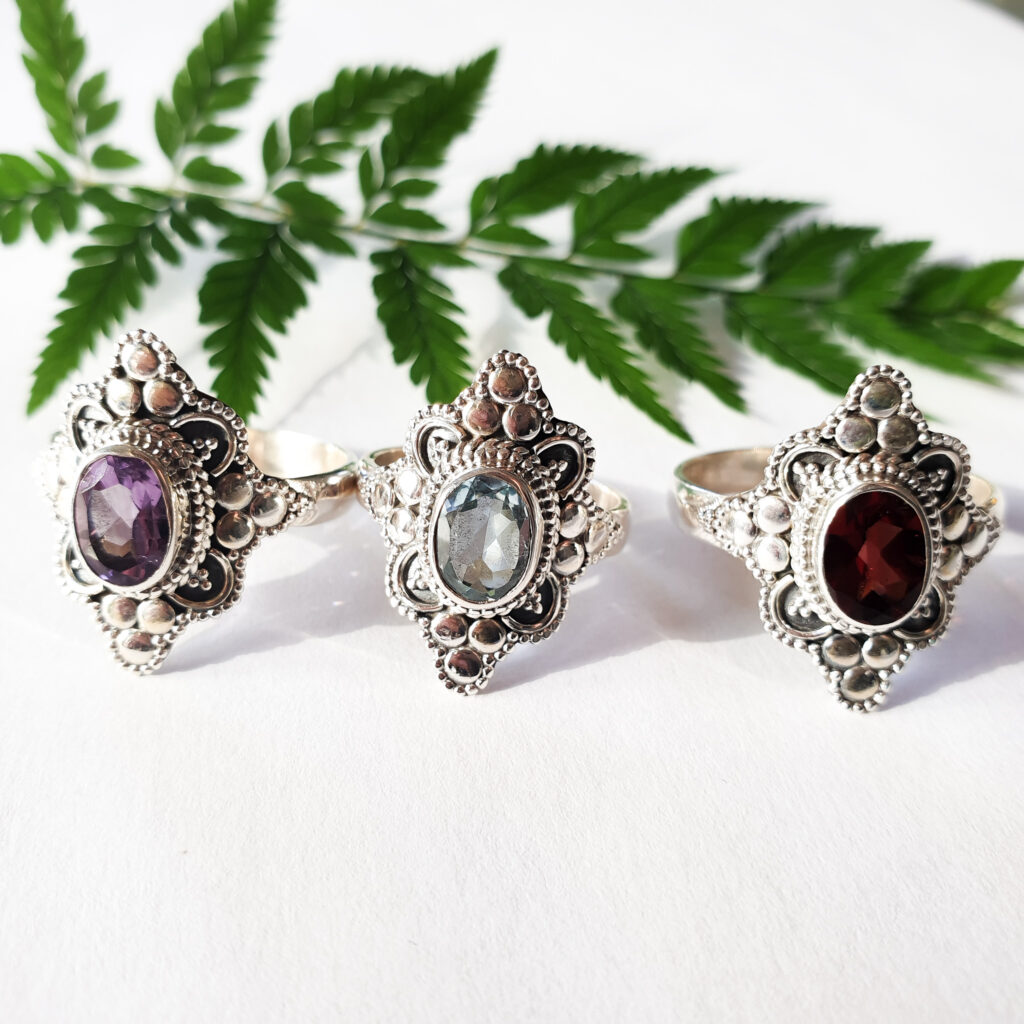Edinburgh is the capital city of Scotland and known for its cultural and architectural heritage. The city has a long history and has long been the centre of literature, philosophy, engineering and education. The University of Edinburgh was founded in 1582 and is considered to be one of the best research institutions in the world. The Scottish Parliament, Scottish Government and the highest court of Scotland are seated in Edinburgh.
The Old Town and New Town of Edinburgh are listed as UNESCO World Heritage. A few famous cultural institutions are the National Library of Scotland, the Scottish National Gallery and the National Museum of Scotland.

Table of Contents
Edinburgh Castle
Edinburgh Castle is located on a hill named Castle Rock, a volcanic rock. For centuries the castle was used as royal residence. Around the 17th century the castle was used by the military with barracks and a large garrison. Many historical conflicts have taken place at Edinburgh Castle. The most well-known is the Wars of Scottish Independence in the 14th century. The castle is the most visited attraction in Scotland and the second most-visited in the United Kingdom. The Scottish Ministers are owners of the castle and it’s open to the public. To avoid long queues I recommend to book online tickets a day before you are planning to visit, via the official website of Edinburgh Castle.

Princes Street gardens
The Princes Street Gardens are two public gardens along Princes Street in the centre of town. The gardens used to a loch, the Scottish Gaelic, Scots and Irish word for sea or lake. The Nor Loch was an artificial lake and was a part of the medieval defences of Edinburgh Castle. Over the decades the water became polluted from sewage draining from Old Town. The city drained the loch in 1760 and the Princes Street gardens were created in 1820 and became a part of Edinburgh’s New Town.
There are statues in the garden from several famous men like explorer David Livingstone, publisher Lord Adam Black and Professor John Wilson (pseudonym Christopher North). Around the Christmas holidays the gardens are the place to be to visit Edinburgh’s Christmas. The city organize several festivals throughout the year and there is an small amusement park for kids.

Princes Street
Princes Street is the place-to-be to go shopping in Edinburgh. I’m not a fan op shopping so I’m going to keep it short here but would like to point out the statues and monuments along the south side of Princes Street. At the East Gardens you can not miss the most prominent architectural building in Princes Street, Scott Monument (see next paragraph).
Scott Monument
Scott Monument is the second largest monument honouring a writer in the world. Sir Walter Scott was a Scottish writer and historian. Many of his works are classics of Scottish and European literature. The architectural design of the Scott Monument is Victorian Gothic or as Europeans would describe it: Gothic Revival, an architectural movement to revive medieval Gothic architecture.
The central statue of Sir Walter Scott with his dog is designed by John Steel and located inside the monument. Besides this statue there are in total 68 statues on the monument, 64 of them are visible from the ground. The small statues are mostly heads of Scottish writers, poets and a few members of the royal family.
National Museum of Scotland
The exterior architecture of the National Museum of Scotland is a bit disappointing. Many National Museums in Europe are located in heritage buildings but this museum was formed in 2006 with the merger of the Museum of Scotland and the Royal Scottish Museum. Nonetheless I highly recommend to visit, especially when you travel with kids. The museum offers many interactive activities for children, and yes adults can play too 😊. The entry to the National Museum of Scotland is free.
The grand central hall is impressive. The cast iron construction is as high as the building itself. The museum houses an international collection of artifacts covering natural history, technology, science and foreign & local cultures.



Greyfiars Kirkyard
The Greyfiars Kirkyard is a magnificent places to visit and it comes with an amazing view of Edinburgh Castle. The first burials have been registered in the late 16th century. The graveyard is known because a few notable men from Edinburgh are buried here. Greyfairs Kirkyard is also associated with Greyfriars Bobby. He was the loyal Skye Terrier that guarded his master’s grave for 14 years until he died in 1872. The narrative of Bobby is still alive today in Scotland through several films and books. A statue of the dog is placed opposite the gate of the graveyard. The Kirkyard is well visited by Harry Potter fans looking for the grave of Tom Riddle, aka Voldemort!




The Meadows
The Meadows is a large public park in Edinburgh. The park is located at the south of the city centre, behind the University of Edinburgh. The large grassland makes it ideal to play sports here, to go for a run or organize a picnic on sunny days.

Old Town
Another monumental highlight of Edinburgh is Old Town. The area is famous for the medieval-like architecture. Most original buildings were destroyed in the Great Fire in 1824 in Edinburgh. Along with the neighbourhood New Town and West End they are on the UNESCO World Heritage list. A few picturesque streets are Cockburn Street, High Street and Castle Hill. A few cultural places to visit in Old Town are (of course) Edinburgh Castle but also the National Museum of Scotland, Greyfriars Kirkyard and St Giles’ Cathedral.




St. Giles’Cathedral
St Giles’Cathedral is a parish church in Old Town Edinburgh. The larger part of the church is built in the gothic architectural style. The original church was a small Romanesque church and it was replaced by the current model. Saint Giles is the patron saint of Iepers, a popular saint in medieval Great Britain. It used to be the most important parish church in Scotland. The church played an important role in the Scottish Reformation and the Covenanters’ Rebellion. Citizens used to call it the Mother Church of World Presbyterianism.
Tron Kirk market
The Tron Kirk market is located on Edinburgh’s famous, Royal Mile. Local artists and designers sell there art work here and it’s the ideal place to find unique gifts, souvenirs and home decoration. I personally recommend visiting.
Cockburn Street
Cockburn street was originally named Lord Cockburn Street, after Henry Thomas, Lord of Cockburn. He was a Scottish lawyer, judge and literary figure in the 19th century. The street is famous for the small unique shops and a few good restaurants.

National Monument of Scotland
The National Monument of Scotland on Calton Hill is Scotland’s national memorial to soldiers and sailors who died during the Napoleonic wars. Calton Hill is found east of Princess Street. The Ancient Greek design is inspired by the Parthenon in Athens. Construction of the monument started in 1826 and due to lack of financial funds they stopped building in 1829. Locals started various nicknames such as The Pride of Poverty of Scotland, Edinburgh’s Folly, Scotland’s Folly and Edinburgh’s Disgrace.
Royal Botanic Gardens
The Royal Botanic Gardens are founded in 1670 and started out as a physic garden to grow medicinal plants. Today it’s still a scientific centre to study plants, it’s diversity, plants and climate change and conservation. The gardens are popular among tourists and it’s free to visit. The glasshouses of the Royal Botanic Gardens can be visited by paying an entrance fee.
Dean Village
Dean Village is built in the 1880’s and it was a model housing project in Edinburgh for local workers. The name Dean comes from Dene and it means deep valley. The original name of Dean Village was Water of Leith Village, named after the river Water of Leith. The village used to be grain milling centre for more than 800 years. The picturesque village is nice to walk around in if you have some spare time left over when visiting Edinburgh.

Pentland Hills Regional Park
The Pentland Hills Park is situated southwest of Edinburgh in Scotland. It’s a great opportunity to go hiking, biking or horseback riding in the Pentland Hills and spent a day in nature. The Pentland Hills park is easy to reach by bus from the city centre of Edinburgh. Take bus 44 to Balerno from Princess Street until the last stop. From the bus stop you can walk to the park. You can’t get lost. Trails are in good condition and you can follow different routes. Bring enough water and food because there are no shops or restaurants in the park. Don’t forget to bring a camera because views on top of the hills are epic.


Monumental highlights in Europe
Other interesting articles are the Monumental highlights of Vienna, Austria or just admire the picture gallery of Vienna. Check out other destinations in Europe and walk through the fairy-tale castles of Sintra in Portugal, admire the eclectic and creative architecture of Gaudi in Barcelona, explore the ancient Roman architecture in Rome or visit the monumental churches of Antwerp: Sint-Andries church, Sint Carolus Borromeus church or the cathedral of Antwerp.


